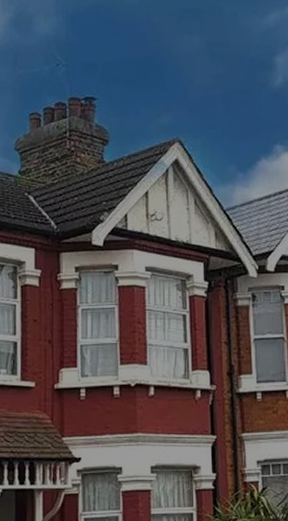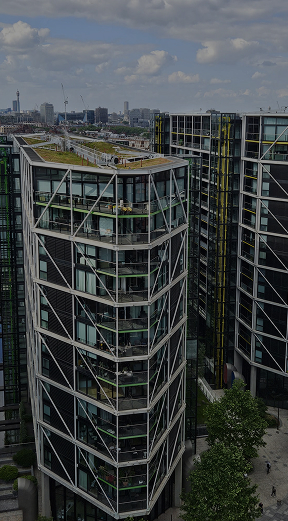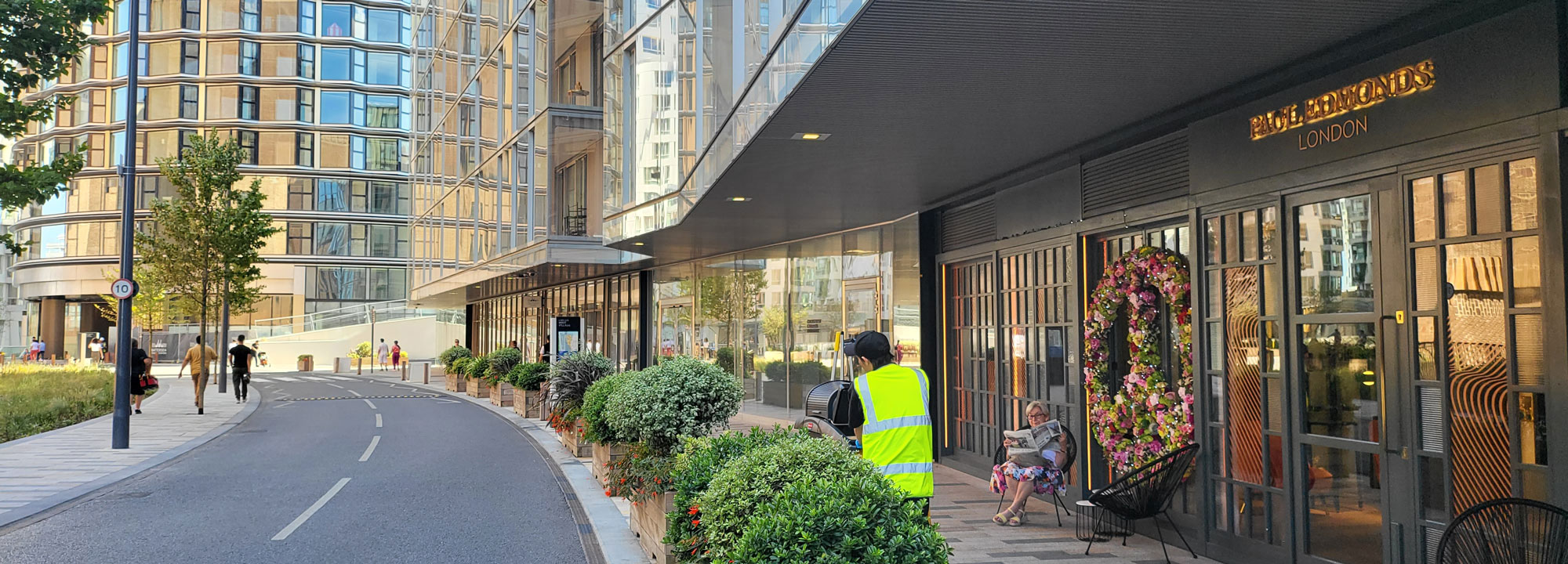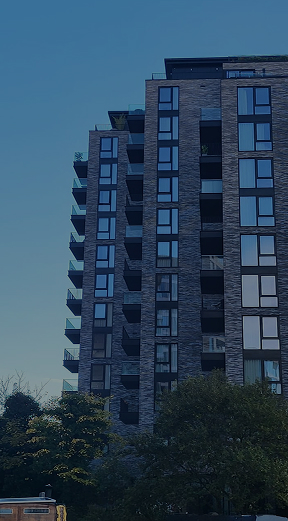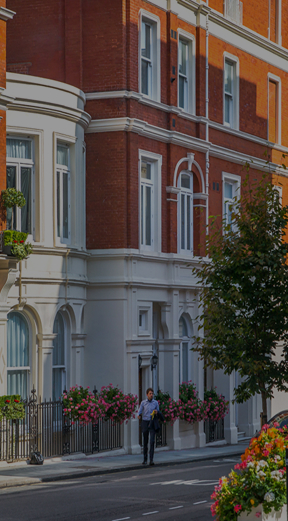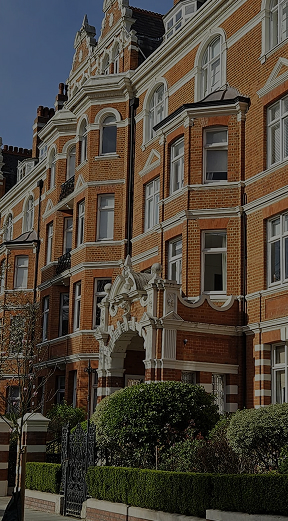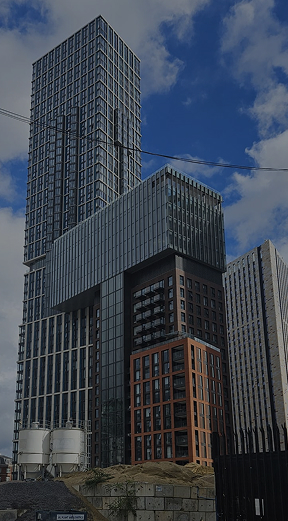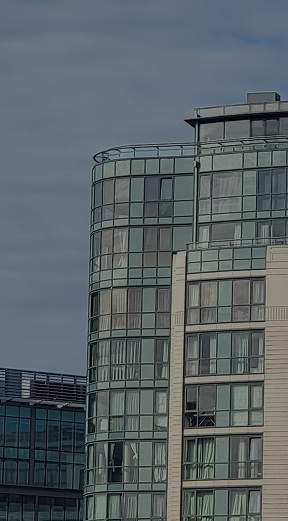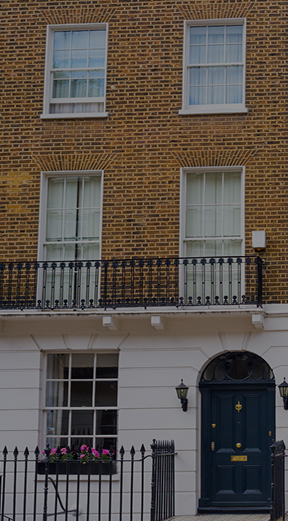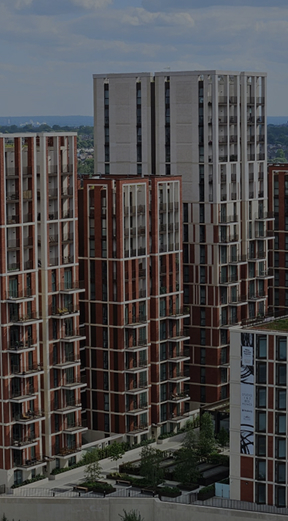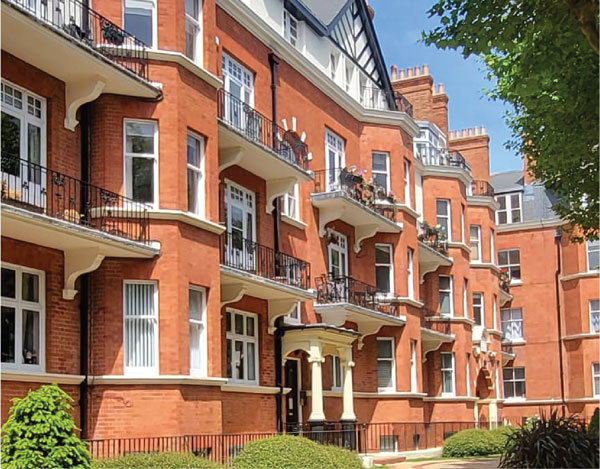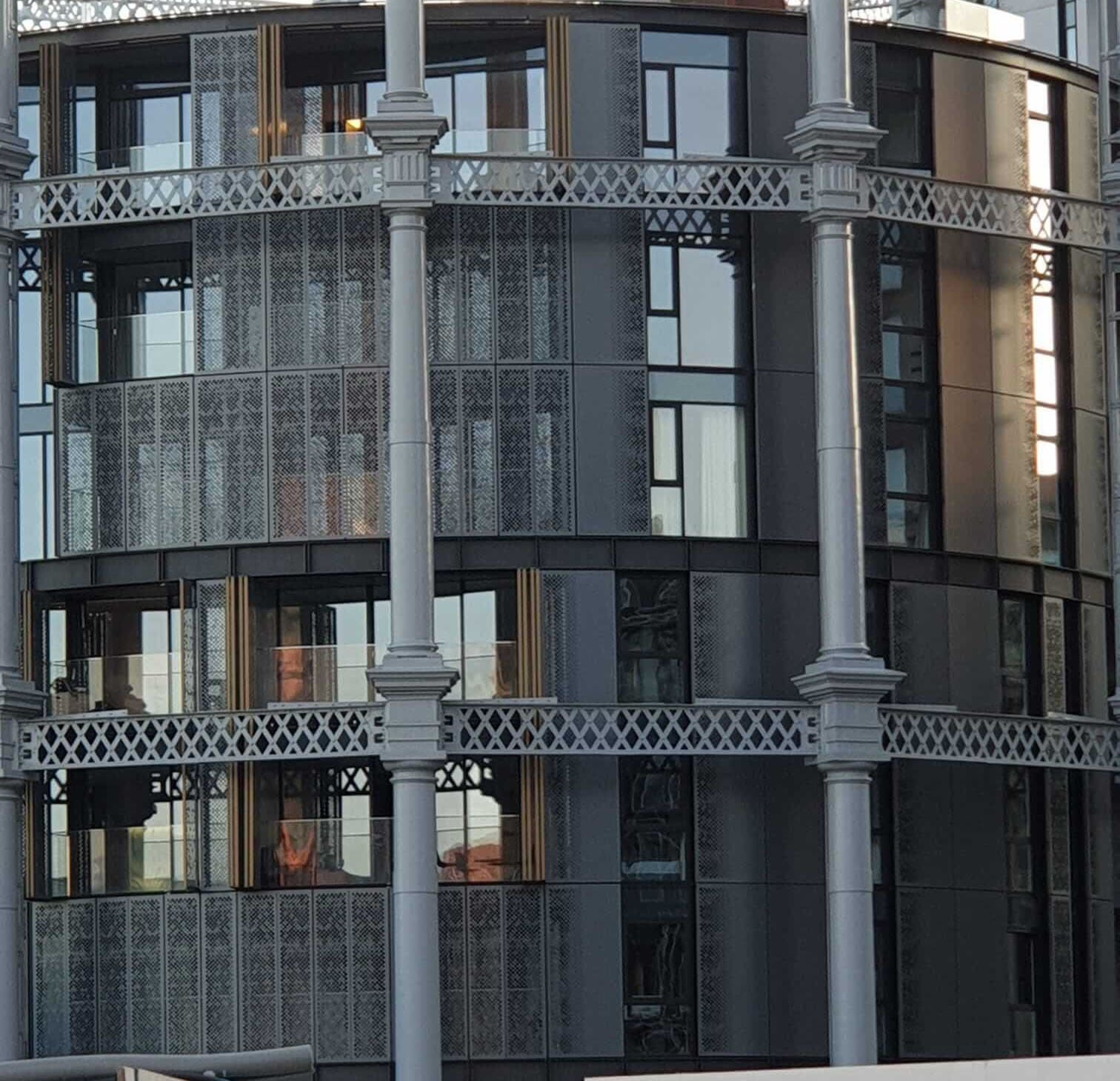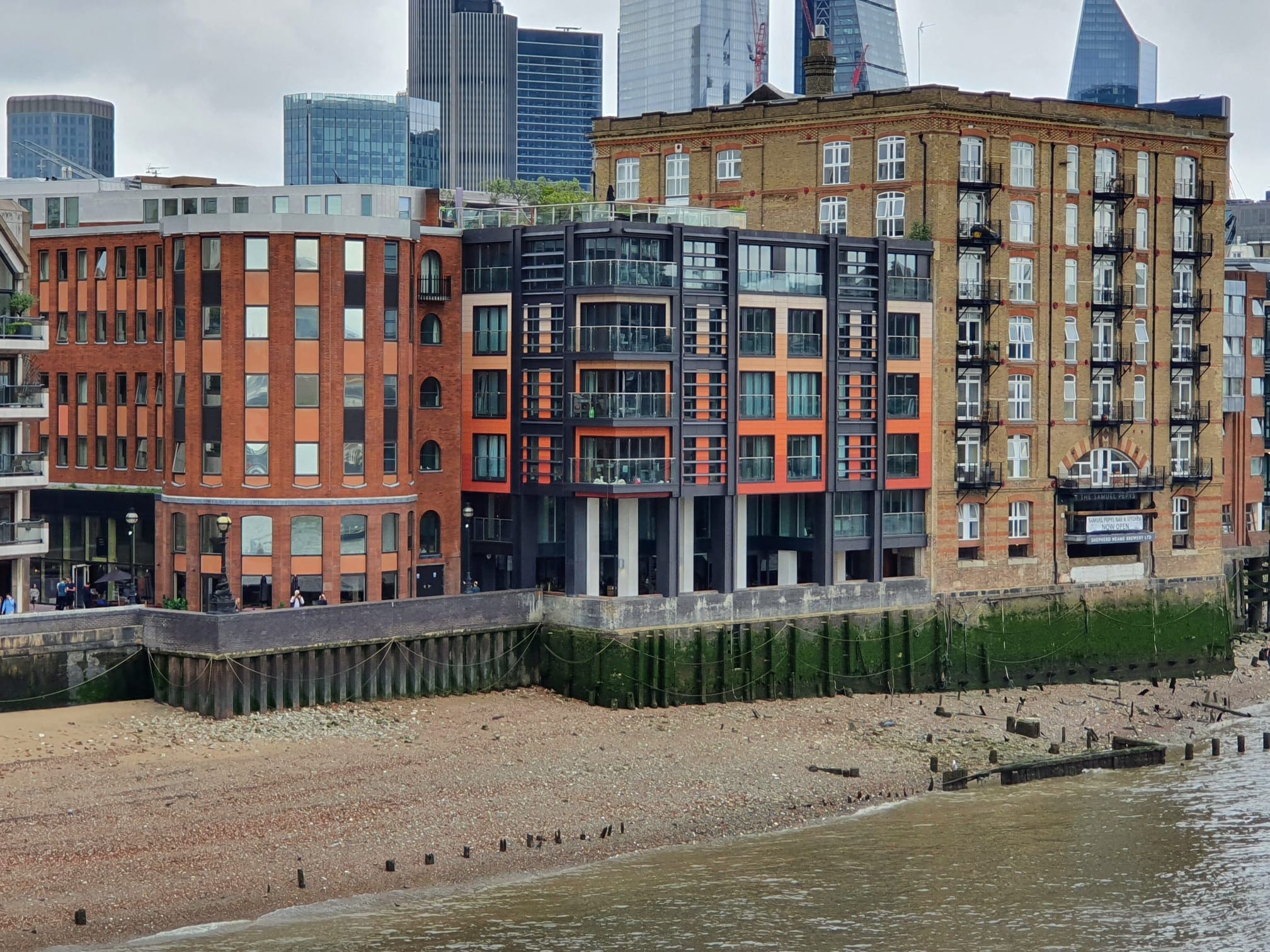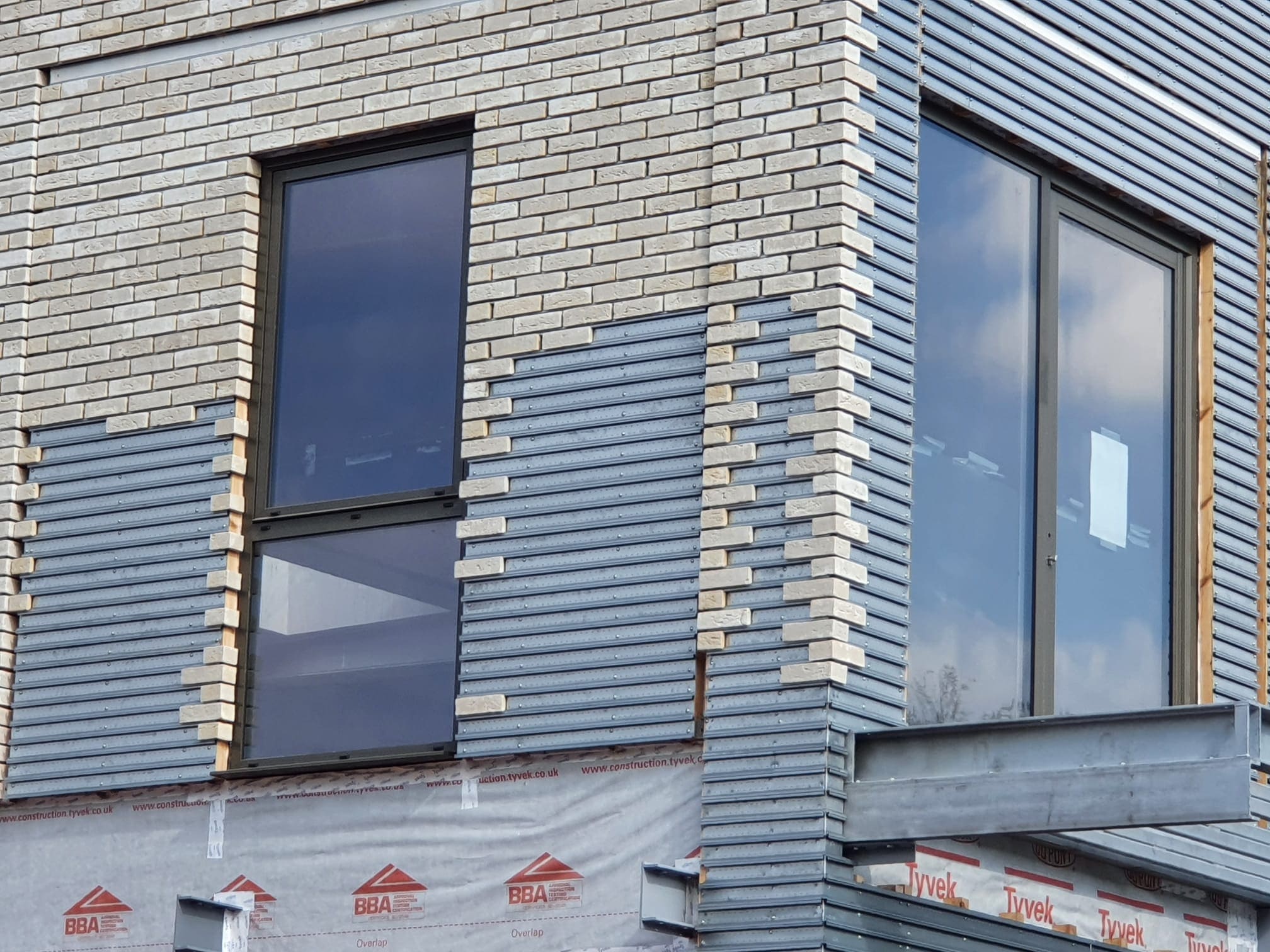What does service charge include?
Service charges for blocks of flats are designed to cover all necessary items of expenditure to ensure the building firstly is safe and complies with all the minimum health and safety requirements laid out in law and also the building is maintained to a good standard to protect the resident's investment they have made. Other common items include cleaning, gardening, lift and buildings insurance, electricity etc. It is also wise and sometimes compulsory (if written in the lease) to ensure future major expenditure is covered by way of annual reserve payments...almost like a separate savings account for future large works like external and internal decorations, new roof, lift replacement etc.
Service charges are demanded from by the leaseholder by the ultimate Freeholder (or RMC, RTM) for the services provided usually by contractors via the managing agent, as laid out in the lease. Service charges generally cover costs for maintenance, general repairs, insurance of the building and communal areas (often including roofs, foundations, windows, communal pipes, drains etc) and also higher ticket items like the employment of staff for the on site estate management of the block.
Service charges are normally be split into three categories :
Sinking funds – saved up for long term expenditure, eg roof replacement
Cyclical or annual expenditure – these are for more specific expenditure like external and communal area decoration
Routine expenses – Eg cleaning, insurance, gardening, on site staff wages etc
Service charge monies are demanded in line with what is specified by the lease, normally quarterly or bi=annually. Demands by law should include a "summary of rights and obligations" along with the full details of the current Freeholder. Should the service charge demands does not comply with either of these the Leaseholder then has the right to withold payment until the service charge is demanded in the correct manner.
Service charges can differ year on year depending on historic expenditure and estimated future expenditure for forthcoming period. They are normally collected in advance based on an estimate of forthcoming costs. Some (very few) older leases demand service charges in arrears. Prior to purchasing a leasehold flat is imperative to find out what the current and future service charges are likely to be and what the level of the sinking fund may be for any major works that could be planned, to ensure owners budget accurately.
As most leases allow for service charges in advance, the leaseholders would generally require the freeholder to prepare an end of year charge statement to provide to each leaseholders - which can lead to an additional demand for the Freeholder to recover any additional costs. Where the freeholder has over estimated, the lease will determine whether the over payment can be retunred to the leaseholder, held as a credit for the following year or transferred to the sinking fund.
Service charges apportionment should be clarified in the lease, unfortunately this is not always done well, and leases often refer to the amount payable by each leaseholder to be fair and reasonable which could be determined to be, for example, the rateable value or the square footage of the property.
Where leases are more specific how the service expenditure should be apportioned and is often expressed as a fraction or percentage eg if there are 20 flats then each flat will pay one 20th or 5% of the total service charges expenditure. A variable percentage charge could also be used where there are flats with different numbers of bedrooms, for eg 10 apartments, 5 with one bedroom and 5 with two bedrooms would be reflected as 8% payable for those with 1 bedroom and 12% for those with two bedrooms.
Major works ie where works costng the leaseholder over £250 per property will require a consultation procedure - Section 20 Notices. This is covered in the Building Engineering of our website or fill the form on this page and we will contact you within 2 hours.
Social
Valuation Services provided by Ringley's Valuation Team
Block Management Packages
Legal Services provided by Ringley Law
Building Surveying Services
Meet our Expert Property Commentators
What does service charge include?
Service charges for blocks of flats are designed to cover all necessary items of expenditure to ensure the building firstly is safe and complies with all the minimum health and safety requirements laid out in law and also the building is maintained to a good standard to protect the resident's investment they have made. Other common items include cleaning, gardening, lift and buildings insurance, electricity etc. It is also wise and sometimes compulsory (if written in the lease) to ensure future major expenditure is covered by way of annual reserve payments...almost like a separate savings account for future large works like external and internal decorations, new roof, lift replacement etc.
Service charges are demanded from by the leaseholder by the ultimate Freeholder (or RMC, RTM) for the services provided usually by contractors via the managing agent, as laid out in the lease. Service charges generally cover costs for maintenance, general repairs, insurance of the building and communal areas (often including roofs, foundations, windows, communal pipes, drains etc) and also higher ticket items like the employment of staff for the on site estate management of the block.
Service charges are normally be split into three categories :
Sinking funds – saved up for long term expenditure, eg roof replacement
Cyclical or annual expenditure – these are for more specific expenditure like external and communal area decoration
Routine expenses – Eg cleaning, insurance, gardening, on site staff wages etc
Service charge monies are demanded in line with what is specified by the lease, normally quarterly or bi=annually. Demands by law should include a "summary of rights and obligations" along with the full details of the current Freeholder. Should the service charge demands does not comply with either of these the Leaseholder then has the right to withold payment until the service charge is demanded in the correct manner.
Service charges can differ year on year depending on historic expenditure and estimated future expenditure for forthcoming period. They are normally collected in advance based on an estimate of forthcoming costs. Some (very few) older leases demand service charges in arrears. Prior to purchasing a leasehold flat is imperative to find out what the current and future service charges are likely to be and what the level of the sinking fund may be for any major works that could be planned, to ensure owners budget accurately.
As most leases allow for service charges in advance, the leaseholders would generally require the freeholder to prepare an end of year charge statement to provide to each leaseholders - which can lead to an additional demand for the Freeholder to recover any additional costs. Where the freeholder has over estimated, the lease will determine whether the over payment can be retunred to the leaseholder, held as a credit for the following year or transferred to the sinking fund.
Service charges apportionment should be clarified in the lease, unfortunately this is not always done well, and leases often refer to the amount payable by each leaseholder to be fair and reasonable which could be determined to be, for example, the rateable value or the square footage of the property.
Where leases are more specific how the service expenditure should be apportioned and is often expressed as a fraction or percentage eg if there are 20 flats then each flat will pay one 20th or 5% of the total service charges expenditure. A variable percentage charge could also be used where there are flats with different numbers of bedrooms, for eg 10 apartments, 5 with one bedroom and 5 with two bedrooms would be reflected as 8% payable for those with 1 bedroom and 12% for those with two bedrooms.
Major works ie where works costng the leaseholder over £250 per property will require a consultation procedure - Section 20 Notices. This is covered in the Building Engineering of our website or fill the form on this page and we will contact you within 2 hours.
Valuation Services provided by The Ringley Group
Meet our Expert Property Commentators





